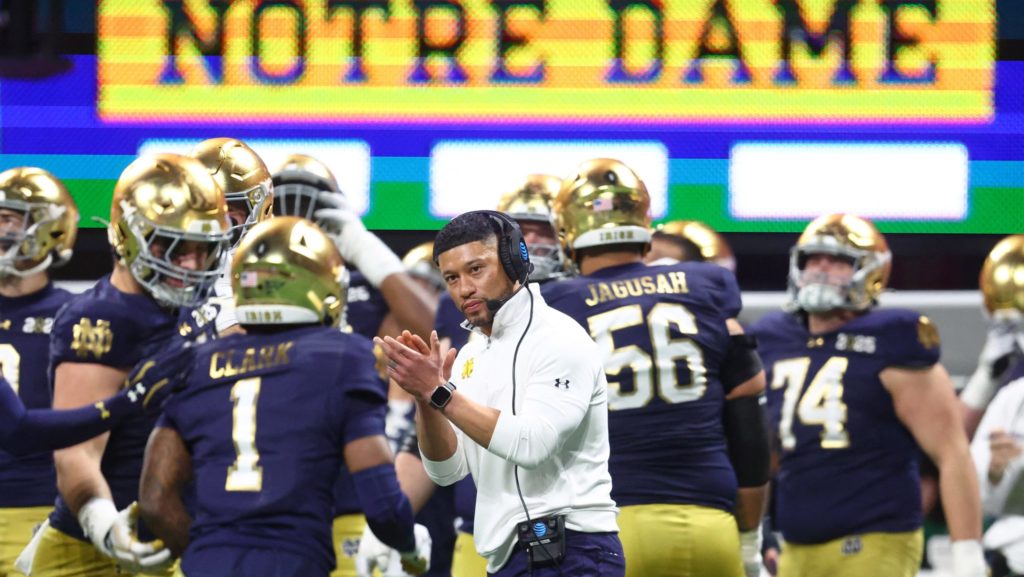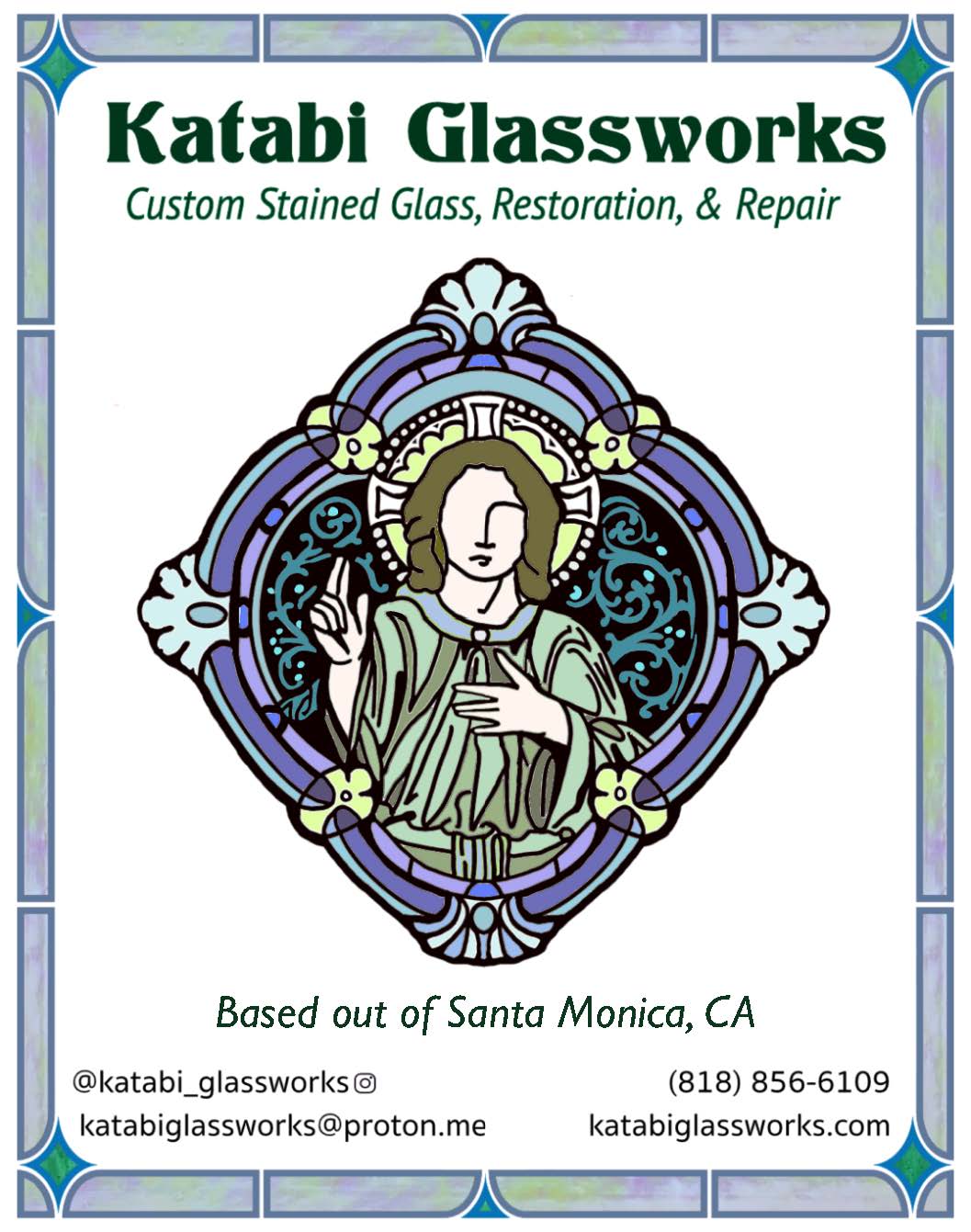Notre Dame football has been a secondary religious experience for many of its boosters, whether they are bona fide alumni or are like me who grew up with rabid Irish Catholic male role models who lived and breathed everything Notre Dame football.
Even though they came up short in the National Championship game and will not sit atop the college football universe like the NCAA version of the Colossus of Rhodes, the national attention Notre Dame received feels like old times.
And by “old” times, I reference an era when Notre Dame’s Catholic identity was entrenched. In recent years it feels like Notre Dame has become increasingly unmoored from its Catholic harbor.
There are many reasons for this, but none so pertinent as when the school honored then-President Barack Obama as its keynote speaker at its 164th commencement. As an Illinois state senator years earlier, Obama was responsible for overturning a law that protected babies who had survived “botched” abortions. This was disturbing news that a Catholic institution, with what I believed had a secure Catholic identity, could bestow honors on someone comfortable with the idea of a newborn child left to die while medical professionals capable of saving that life go about their other duties.
Like many once prominent Catholic institutions, Notre Dame has consciously tamped down its “outsider” Catholic identity in favor of a less pronounced Catholicity that the popular culture seems to prefer. The genesis of this phenomenon appeared on the horizon in 1967 when Father Theodore Hesburgh, one of the most influential presidents in Notre Dame’s history, championed the “Land O'Lakes Statement,” which promoted a kind of declaration of independence for intellectual freedom by formally resisting “authority of whatever kind, lay or clerical, external to the academic community itself.”
Later, when it became obvious that many Catholic colleges across the country were de facto secular institutions, St. Pope John Paul II tried to remedy that with his mechanism, Ex Corde Ecclesiae (“From the Heart of the Church”). But that gentle instruction has been fundamentally ignored by almost every Catholic university, including Notre Dame, since it was first promulgated.
When it comes to football, Notre Dame was not always what it seemed either. The mythology around its famous players and coaches is carved into the hearts of legions of fans. Its first — and still probably most famous — All-American, George Gipp of “Win One for the Gipper” fame, was a part-time student at best, and an inveterate gambler who wagered in the same manner that got Pete Rose banned from the Baseball Hall of Fame for life. So, even though we might lament that Notre Dame is not now what it used to be, we have to look at ourselves in the mirror and entertain the uncomfortable fact that the school may have never been what it was supposed to be.
Still, the aura of the Notre Dame football team seems to be one of the last connections between the old and the new. One recent development to celebrate is the tradition brought back by the current football coach: The whole team attends Mass on game day.
Maybe three Hail Marys after Mass would have helped against the Ohio State juggernaut they encountered, but God’s ways are not ours.
With college football being a billion-dollar business, it is hopeful to see someone like Head Coach Marcus Freeman not only understand the importance of faith, but be willing to interrupt the day with worship and the Eucharist.
That does not change all the problematic elements that accompany any Catholic college that embraces the separation of Church and school the way Notre Dame has, but I will take little victories where I find them.
In the last great film of Hollywood icon John Ford’s career, “The Man Who Shot Liberty Valance,” a newspaper editor sums up the plot when the truth of the story is finally revealed. We learn that the actions of the hero, which made him a famous and important man, were not as they seemed. The newspaper man is bitterly disappointed at the truth and won’t print it. When the hero asks why, the newspaper man responds, “This is the West, sir. When the legend becomes fact … print the legend.”
It seems Notre Dame has been printing the legend for a long time.

